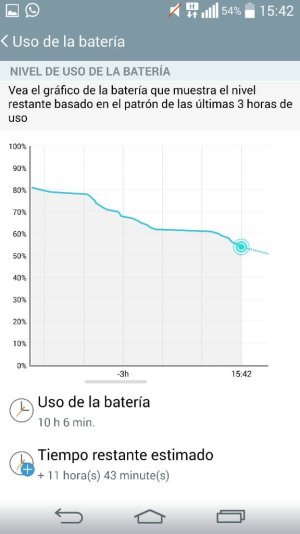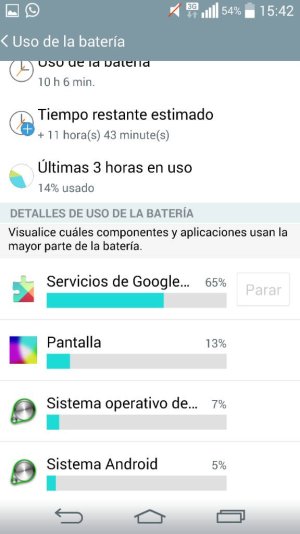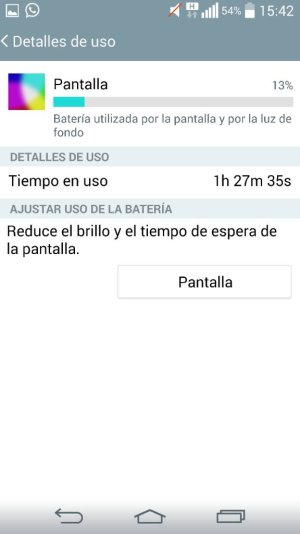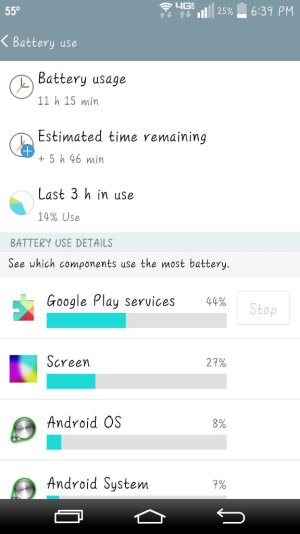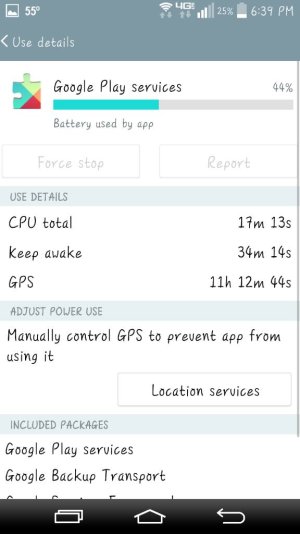You need to understand one thing about the battery stats. The numbers don't show how much battery an app (like play services) is using. They show the relative percentage, compared to the total of all apps. The total for all apps, screen, OS, etc. MUST add up to 100%. So the less you use your phone, the lower the percentage of battery use is going to be for the screen and user apps, and the higher the percentage is going to be for the OS and system level function.
For example: our battery is 3,000 mAmps. Let's say that over 12 hours, Play services uses 500 mAmps. Let's also say that you have the screen on for 4 hours, and the screen uses 1500 mAmps, and apps use another 1,000 mAmps. That totals 3,000 mAmps. That means the screen used 50%, apps 33%, and Play ~16%.
Now say that in the next day, during the same 12 hour period, you only have the screen on for 1 hour. Play still uses 500 mAmps, screen uses approximately 375 mAmps, and apps approximately 250 mAmps. That's a total of 1125 mAmps, and Play uses 44% of the amount used. NOT 44% of the battery capacity.
In both examples, Play uses the same amount of battery. The data just looks worse in the second example.
The OP barely used his phone, so of course background processes like Play Services are going to use a higher percentage of the total used. That doesn't mean it's actually using a lot of battery.

